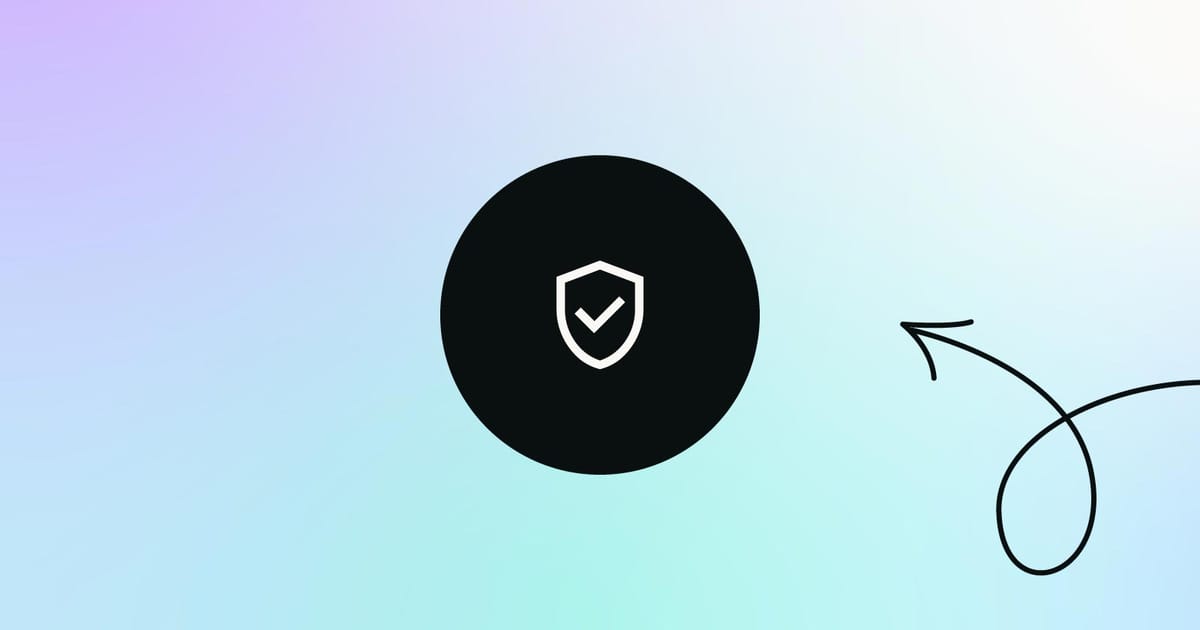The clients you choose as a fractional Chief Financial Officer (CFO) aren't just a reflection of your market niche – they define your day-to-day work and strategic focus.
Building your ideal client portfolio requires some self-reflection and a deep understanding of your:
- Professional goals
- Personal preferences
- The specific financial expertise you bring to the table
Keep reading for four key factors you should weigh as a fractional CFO when it comes to building your client portfolio. Each one highlights the importance of being selective and working with clients that align with your vision and how you operate.
1. Building the foundation
At the start of your career as a fractional CFO, your immediate priority is most likely going to involve building a stable revenue base. In this initial phase, you might need to be more flexible with the clients you accept to help build a stable revenue stream.
The goal here is to establish credibility in the market and accumulate a diverse range of experiences.
Early clients may come from various sectors and have different needs and challenges, from start-up financial structuring to more mature business refinancing or strategic redirection.
However, this stage is also about learning and identifying the:
- Industries you resonate with.
- Business sizes that you manage most effectively.
- Types of business challenges that align with your expertise.
While initial flexibility in client selection helps build a stable income stream, this diversity also offers a broad range of experiences. Having a diverse client portfolio is important it provides a broad experience base from which to refine your preferences and expertise.

2. Refining your client base
As your practice grows and stabilizes, the need to be selective becomes paramount. This shift towards selectivity prioritizes quality over quantity. You'll ideally choose clients who aren't only financially viable but also align with your strategic goals and how you prefer to operate.
But what makes a ‘good’ client?
A 'good' client for a fractional CFO typically aligns with several key criteria:
Business size and sector
Depending on your expertise and comfort, you may find yourself more effective in certain industries or with businesses of a particular size. Some CFOs thrive in the dynamic atmosphere of tech start-ups, while others prefer the steady pace of established manufacturing firms.
Growth orientation
Ideal clients often have clear growth ambitions or need strategic financial guidance at a critical juncture. Whether they aim to scale operations, explore new markets, or prepare for an IPO, these clients leverage the full scope of your expertise.
Management and culture
The personality of the business owners and key stakeholders plays a significant role. Clients whose leadership styles and corporate culture align with your own are likely to result in more harmonious and productive engagements.
Strategic needs
Aligning with businesses that have strategic needs matching your skill set allows you to provide the most value. Engagements that require constant firefighting or emergency management can be draining and might not necessarily leverage your strategic financial skills effectively.
3. Avoiding potential pitfalls
While the urge to expand your client base can be strong, especially after initial success, fractional CFOs should be wary of certain pitfalls:
Chronic firefighting
Engagements where the primary role is to address continual crises can be unproductive. These often signal deeper managerial or operational flaws that need more than a financial strategy to rectify.
Misaligned goals
Working with clients who have unclear or misaligned goals can lead to frustration and wasted effort. Both parties must have a clear understanding and agreement on the outcomes expected from your engagement.
Overextension
Taking on too many clients or those outside your expertise realm can dilute the quality of your service and strain your capacity. This not only affects your work-life balance but can also harm your professional reputation.

4. Maintaining and growing your client portfolio
Once you’ve identified and begun to work with your ideal client types, the focus shifts to maintaining and strategically growing your client portfolio.
To achieve that, start by performing regular evaluations where you continuously assess how well each client aligns with your goals and their profitability. This helps in making informed decisions about contract renewals or realignments of service terms.
Next, ask for referrals. Satisfied clients are often happy to recommend your services. A referral is a powerful endorsement of your capabilities and a fantastic way to grow your client portfolio sustainably.
Finally, you need to build your network and visibility. You can maintain visibility in relevant professional circles through speaking engagements, publications, and active participation in industry events.
This proactive approach establishes you as a thought leader in the fractional CFO space, attracting clients who appreciate your strategic financial guidance and focus on long-term value creation.
To conclude...
Building your ideal client portfolio as a fractional CFO is an ongoing journey. It starts broad, then sharpens as you refine your expertise, understand your professional goals better, and identify the businesses that truly benefit from your services.
Ultimately, the right mix of clients balances your professional strengths with client needs, creating synergies that enhance both your satisfaction and business impact. By being selective and strategic about client engagements, you ensure that your work as a fractional CFO remains both rewarding and effective.
Remember, the right clients are those that not only grow from your expertise but also contribute to your growth as a leader.
FAQs: Building a client portfolio
What does a client portfolio include?
Think of it as a detailed roadmap for each client. It includes basic information like company name and industry, but also dives deeper into the specifics of your engagement. This could involve details like the scope of services, fees, contract terms, the client's financial needs and goals, performance metrics showcasing your impact, and a record of key interactions and decisions.
Why is a client portfolio important?
A client portfolio empowers informed decision-making. By analyzing your portfolio, you can evaluate client fit, profitability, and long-term value. It also helps you to track progress and the impact you're making on your clients' finances.
How do you create a client portfolio?
Start by building a basic system to track client information. Spreadsheets or CRM software can work well. As you gain clients, record the details mentioned above. Regularly update the portfolio with new information and performance metrics.
How do you handle a client portfolio?
Active management is key. Regularly review your portfolio to assess client fit, profitability, and alignment with your goals. Maintain open communication through meetings and reports to keep clients informed and engaged. As you gain experience, focus on selective growth, prioritizing quality clients over quantity. Finally, track your financial impact and adjust strategies when needed to optimize your success.
How important is it to be selective about clients?
Very important! As you gain experience, focus on quality over quantity. Choose clients who value your expertise, align with your goals, and contribute to a fulfilling work experience.
How do I know if a client is a good fit?
Regularly chat with clients to see if their needs align with your skills and goals. Look for clients who appreciate strategic guidance and are open to collaboration.
How can I find the right clients?
Network with other professionals, speak at industry events, and write articles to establish yourself as a thought leader. Satisfied clients are also a great source of referrals!
What's the ultimate goal of building a client portfolio?
To create a win-win situation! You want clients who benefit from your expertise while also allowing you to use your skills, grow as a leader, and find fulfillment in your work.



